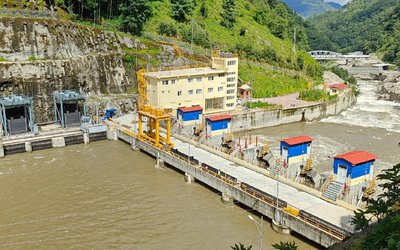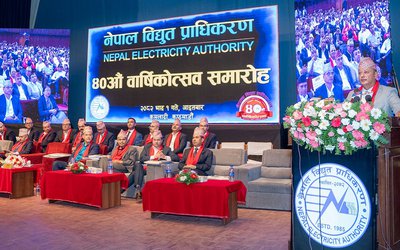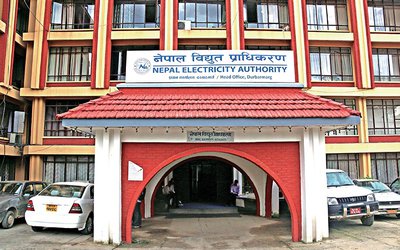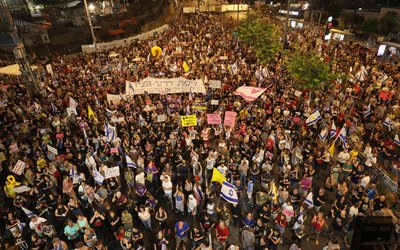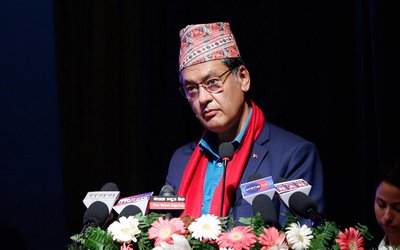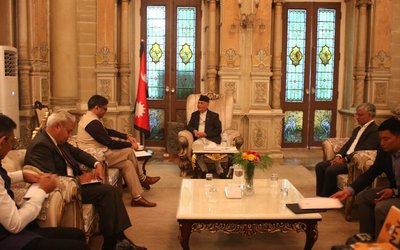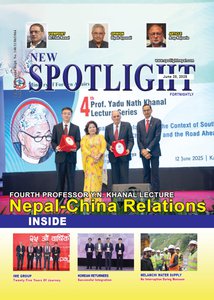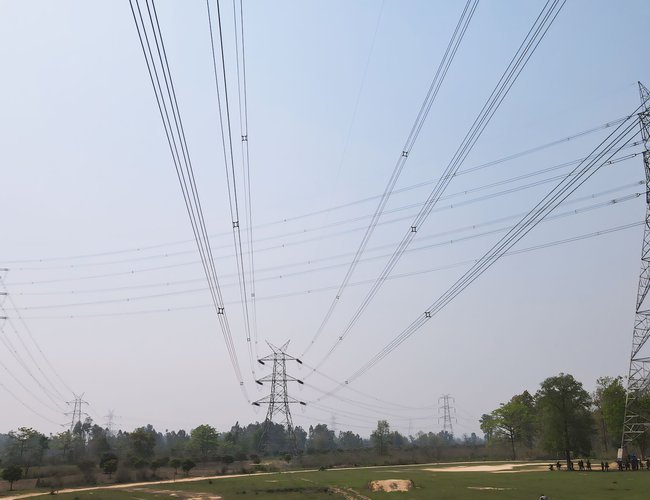
The Nepal Electricity Authority (NEA) has caused an estimated loss of around NPR 5 billion to the country by selling electricity to India at a cheaper rate than what it charges Nepali consumers.
Last year, NEA sold 2.38 billion units of electricity to India at an average rate of NPR 7.34 per unit. In contrast, it imported 1.712 billion units from India at an average rate of NPR 7.535 per unit.
NEA imported electricity worth NPR 12.90 billion from India and exported electricity worth NPR 17.47 billion. Since the export volume was higher than the import, NEA's Executive Director Hitendra Dev Shakya mentioned in his report summary published today in Gorkhapatra that a "net profit" of NPR 4.57 billion was achieved.
However, the average tariff NEA charges Nepali consumers is NPR 9.44 per unit, whereas it sold electricity to India at NPR 7.34 per unit, which is NPR 2.10 less per unit.
Due to this price difference, the country incurred a loss of NPR 4.998 billion (almost 5 billion). Here’s the breakdown:
- Electricity sold to India: 2.38 billion units
- Selling price per unit to India: NPR 7.34
- Average selling price to Nepali consumers: NPR 9.44
- Difference per unit: NPR 2.10
- Total loss: 2.38 billion units × NPR 2.10 = NPR 4.998 billion
This means that by exporting electricity to India at NPR 7.34 per unit, which is NPR 2.10 lower than the domestic average rate of NPR 9.44, the nation suffered a loss of around NPR 5 billion.
Furthermore, the report highlights that NEA paid more (NPR 7.535 per unit) to import electricity from India than what it received for exports (NPR 7.34 per unit) — resulting in a per unit price difference of 19.5 paisa in India’s favor.
While the total export revenue was higher than import costs — leading the report to declare a “net profit” — in reality, such profit calculation should consider the cost of purchase vs. selling price. Ignoring this paints a misleading financial picture to the public and the nation.
Prime Minister KP Oli also referenced these same figures, publicly stating that electricity export had benefited the country, which critics argue is based on incomplete or misleading statistics.
- Private Sector's Contribution to Electricity in NEA System Reaches 55 Percent
- Aug 18, 2025
- ICIMOD Is Organising A Meeting Of Parliamentarians From Hindu Kush Himalya
- Aug 18, 2025
- Weather Forecast: Generally Cloudy Across The Country With Rain Is Likely To Occur In Bagmati, Madhesh, Koshi And Lumbini Provinces
- Aug 18, 2025
- Electricity Consumption Increased by 10.7% in the Last Fiscal Year, Per Capita Consumption Reached 465 Units
- Aug 17, 2025
- NEA’s Profit Decreases by Rs 5.39 Billion
- Aug 17, 2025
